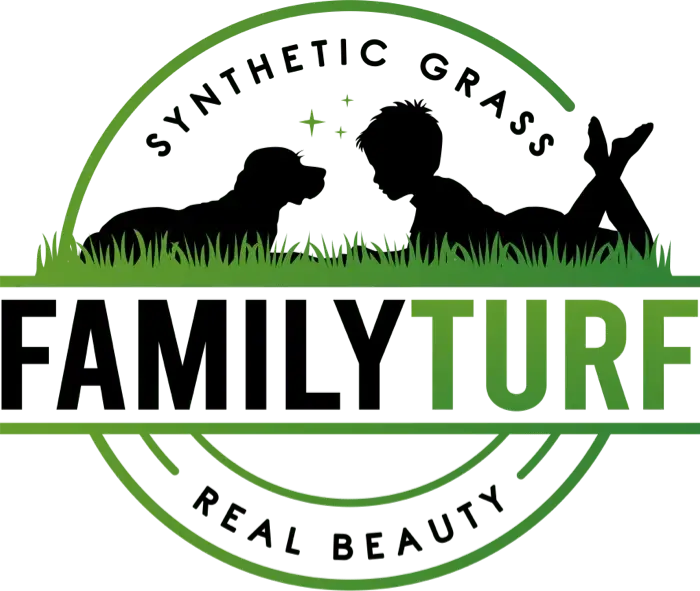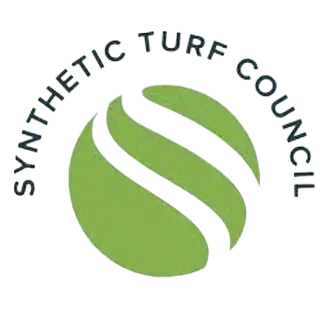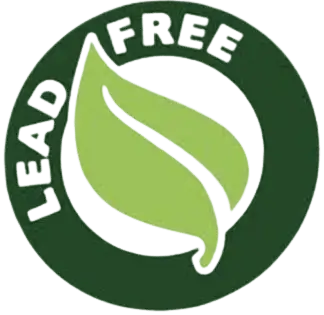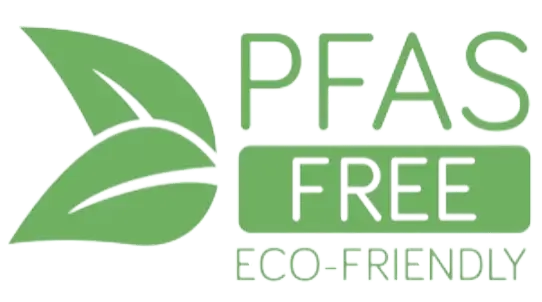Following these simple instructions will significantly extend the performance and life of your turf
- Regularly clean surface (debris and contaminant removal)
- Do not use for vehicle traffic, no heavy static loads, etc.
- Be sure that even the smallest repairs to your installation are made quickly
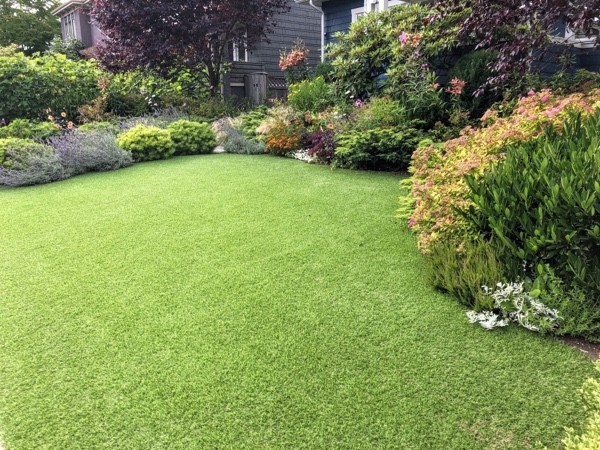
Cleaning Products:
Enzyme Cleaners – SCOE 10X. Odormute, Odoban, PET Stain-Off! and others. Follow manufacturer’s instructions for application. These washing agents can be found at many online sources.
Vinegar – Use 5% white distilled vinegar and stir it through the surface.
Green Cleaners – Shaw R2X, Turf Renu or any type of detergent that does not contain alcohol, is biodegradable, non-foaming, and products that produce very low suds are best.
Degreasers or Mineral Spirits – These can get rid of petroleum stains and paint stains; however, you have got to completely rinse these cleaners out of your lawn.
Dishwashing Liquid/Household Detergent – mix dishwashing detergent or liquid with water (one teaspoon/gallon) for spot cleaning.
Bleach – With bleach, clearing the area of moss and algae is simple. First, mix the bleach and the water (one part bleach to 10 parts water solution); however, you have got to rinse the cleaners entirely out of your synthetic turf.
Ammonia – A three percent (3%) combination of ammonia With water can replace your household cleaning products for particularly difficult residue or stains.
Stains
Artificial turf materials are some of the best stain-resistant fibers. Therefore, most stains on our grass are not true stains, but left over materials of random materials which should be quickly and entirely taken out.
Most “stains” that are often associated with artificial turf can be referred to as “waterborne” stains. Most spots and stains on synthetic turf can be removed using only water or soap and water. The first rule is promptness. It is much easier to clean up a fresh spill so that it can’t dry.
- Get rid of any solid or paste-like stains promptly using a knife with a dull blade, or a spatula tool
- Brush the residue with a firm brush (not a wire brush)
- Use the brush to clean the space with soap and water
- Spray off the area thoroughly with clear water to rinse out all traces of soap
Maintenance Care
- Regular maintenance is needed, but is going to be different based on the volume of your turf area and type of use.
- Use a leaf blower to remove fallen leaves and pine straw from trees on a regular basis. These can hold dew and not allow the turf to fully dry. Blow in a side-to-side motion across the turf to keep from moving around the infill.
- In spots prone to moss/algae growth, a periodic use of bleach solution is our recommendation. Dilute bleach (one part bleach to 10 parts water solution).
- In spots prone to infill erosion or heavy traffic areas, more maintenance and infill may be required (professional grooming is recommended).
- More deeply stained areas might require professional power cleaning.
Pet Care
- Get rid of waste promptly. Irrigate the area locally but do not wash solid pet waste away. This will only spread the waste across a larger area.
- In drier seasons, it is alright to leave solid waste to harden before removing. When it is raining or humid, remove all waste immediately to prevent the solids from settling.
- You have to assume your pets are urinating in your yard, so get the full surface when sanitizing and deodorizing. A lot of cleaning solutions require one gallon per 500 square feet of lawn area to provide the right amount of saturation. Use the sprinkler setting on your average hose heads to drizzle water over the site to soak the liquid down through the turf.
- The amount of waste and use of the section determines how often the space should be groomed. One dog may only demand weekly sanitation while many dogs may require daily cleaning.
- Spray any watery contaminants with clean water. The backing layer is porous so water and pet waste will absorb into the ground.
- During winter and rainy seasons, watering is no longer needed. When summer comes around, the lawn should be irrigated week by week with full strength cleaners to wash solutions deep through the turf.
- Base layers, such as concrete or wood, must be sanitized as required. Avoid cleaners with alcohol or corrosive acids as they can corrode the turf blades. (Glue down turf should be sanitized and rinsed routinely).

